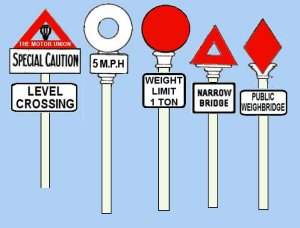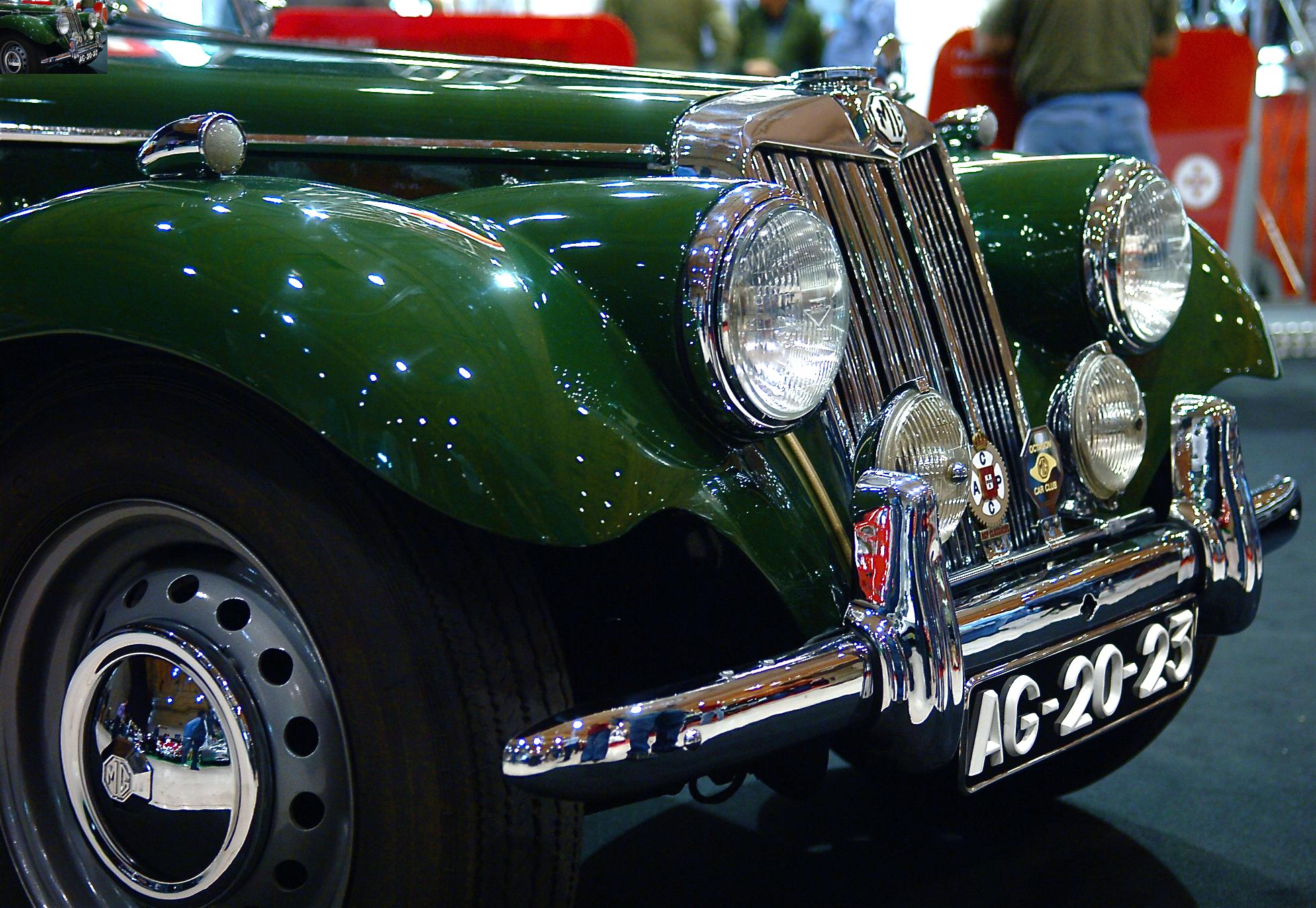 |
| source |
Although primarily a literary character, such is the beauty of P.G. Wodehouse's writing - not least the attention to detail lavished on Bertie's clothing (ably directed by Jeeves's discerning eye) and the humorous events that can sometimes result - that the suits, ties, hats and whatnot jump off the page just as well as the incidents and accidents, the fun and games and the people and places poor old Bertie encounters throughout the stories.
Played on film and TV, first by previous Style Icon David Niven in 1935's Thank You, Jeeves, then with Ian Carmichael in B.B.C.'s 1965-67 series The World Of Wooster, Bertie (and Jeeves) received by far their best portrayal - and the one most people know and which will form the basis of this post - by Hugh Laurie and Stephen Fry in the 1990s series Jeeves & Wooster.
The '90s Granada TV Jeeves & Wooster series is rightly regarded as the definitive essaying of these two perfect gentlemanly characters and the sheer high level displayed by the wardrobe department is but one reason the whole programme worked so well. Bertie's suits, ties, waistcoats and other accessories (not to mention his few fashion faux pas!) are all there just as you would imagine them from the books - the ultimate style of an English gentleman. Stumbling across the costume warehouse storing all these drool-worthy items of clothing ranks high on my list of sartorial dreams!
 |
| source |
So where does one begin? Whether in a brown 3-piece and tweeds for the country, or greys and pinstripes in Town, Bertie Wooster cuts an impeccable dash as he stumbles from one misfortune to another.
 |
| source |
Not only are the suits wonderfully cut and perfectly fitted but the are accessorised brilliantly, be it with a natty tie, a well-placed pocket square, a splash of colour in the buttonhole (how overlooked is a flower in the lapel these days?!) or topped off with a complementing hat, gloves and cane. In the books and in the series this is of course thanks in part to the guiding hand of every chap's ideal gentleman's gentleman - Jeeves. Without him you get the feeling that Bertie might stray from the path of sartorial rightness more often and even I have found occasion to ask myself "What would Jeeves say?" when contemplating some item of clothing or other.
 |
| source |
A fine proponent of Spearpoint and pin collars, Bertie Wooster has long inspired me to try both types of shirt collar. I already own two or three pins and collar bars, now it is just a matter of saving up for the shirts themselves - from either Darcy Clothing or The Savile Row Co. for preference.
 |
| source |
Bertie also proves that the pinstripe is not the preserve of bankers or gangsters, pulling it off nicely in several episodes. He also illustrates perfectly the correct way to wear gloves with a suit and I often used to use the picture below to try and educate my otherwise ill-informed work colleagues who would take great delight in making nonsense remarks likening them to "serial killer" or "Fascist Nazi" gloves(!). Honestly, the ignorance I had to put up with sometimes!
 |
| source |
The double-breasted suit - even occasionally the rarer double-breasted waistcoat - is well represented also and further proof that it can work well on the thinner frame.
 |
| source |
Even though he constantly finds himself in the most embarrassing and unfortunate scenarios Bertie Wooster always manages by and large to remain well-dressed and debonair. One often gets the feeling from reading the stories that he is simply a victim of circumstance and actually not at all too dumb. I find myself more and more often empathising with his predicaments, how he does his best in the face of difficult situations - much as we might try to in the daily cut-and-thrust of the world and with those who inhabit it, seemingly making our lives that little bit tougher when we just want to toddle along minding our own business. Not to mention trying to deal with certain female relatives and their strange ideas and expectations about us! Of course having someone like Jeeves in our corner, were he to exist, would certainly make life a whole lot easier. We can at least try to aspire to Bertie's sartorial splendour, as the epitome of the well-dressed gentleman about town.
Well, "tinkerty-tonk!", as our hero would say, and I hope to be back with more typical Eclectic Ephemera fare before ere long. Enjoy what remains of the weekend and cheero for now!





_01.jpg)


























